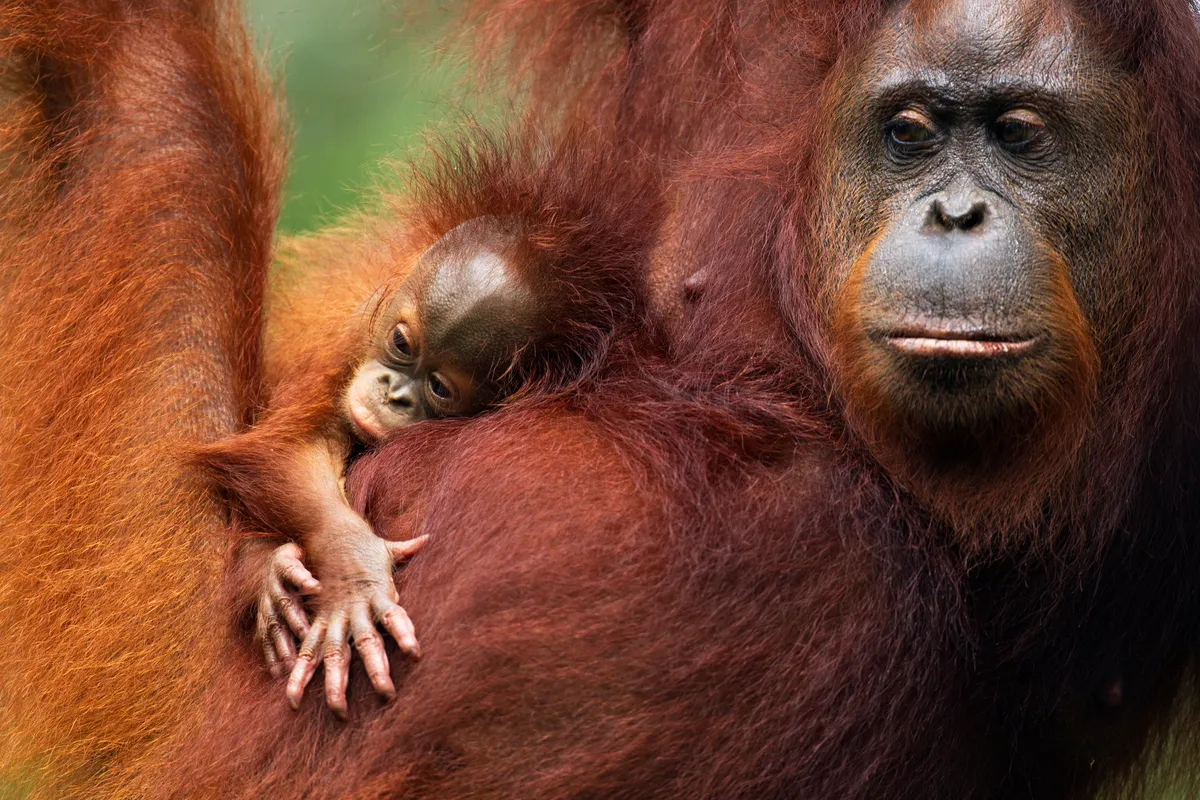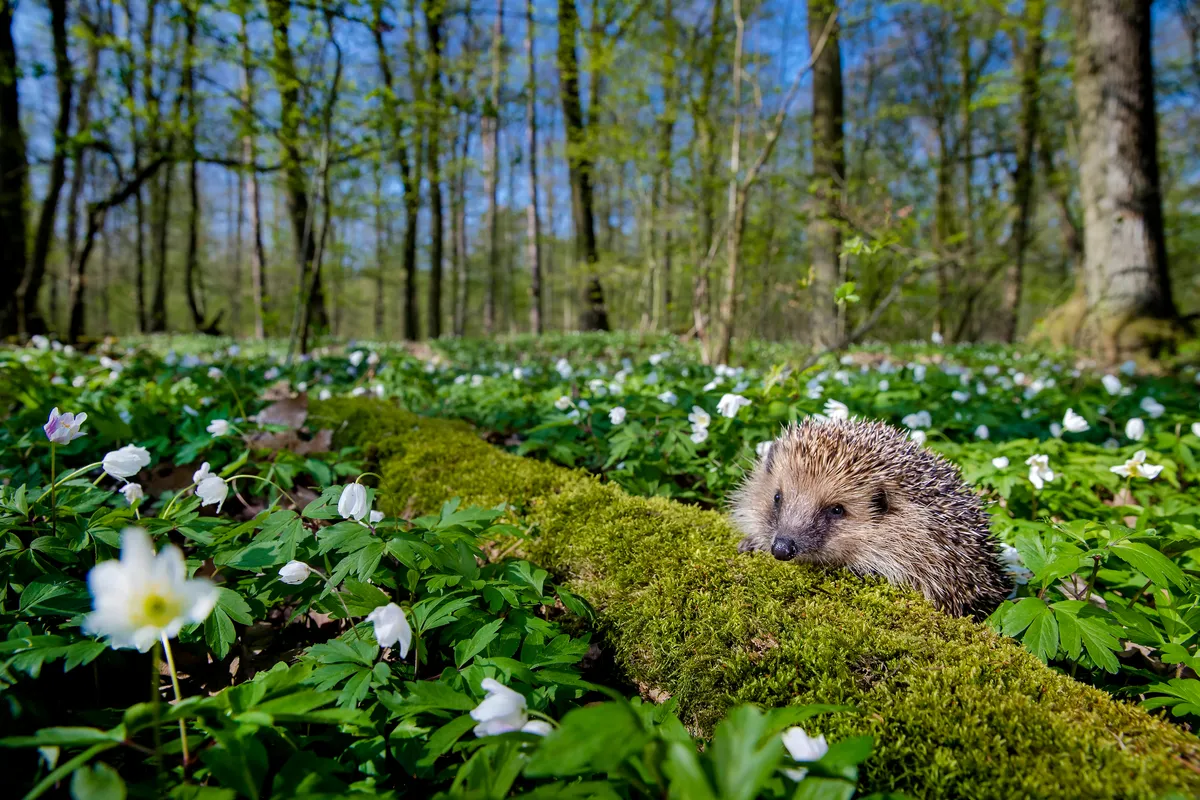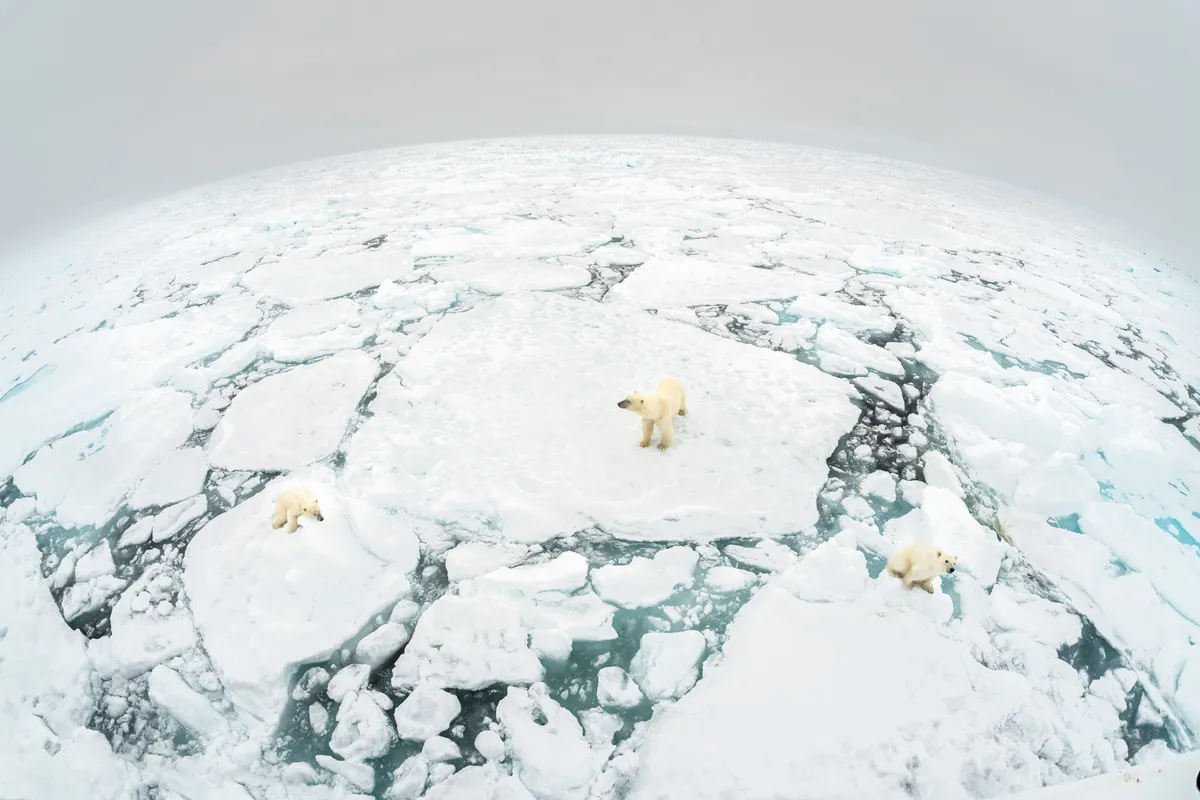The Living Planet Report 2018, a collaboration between WWF and ZSL collates 20 years of extensive scientific research and explains that since 1970, the population sizes of wild animals have declined by an average of 60 per cent as a result of mass deforestation, polluted oceans, overexploitation and agriculture.
Birds, reptiles, mammals and fish are among the victims of this mass clearance, with humans destroying their habitats and ecosystems at an alarming rate.
“We are the first generation to know we are destroying our planet and the last one that can do anything about it,” says Tanya Steele, chief executive at WWF.
“If we want a world with orangutans and puffins, clean air and enough food for everyone, we need urgent action from our leaders and a new global deal for nature and people that kick starts a global programme of recovery.”

The biennial report, now on its twelth edition, also explains that the rapid declines in habitats and wildlife will lead to the eventual fall of the human race itself.
There is now an increased pressure to act upon the damage humans are creating – scientists have warned that the Earth’s sixth mass extinction event is well underway.
“The statistics are scary, but all hope is not lost,” says Professor Ken Norris, director of science at ZSL. “We have an opportunity to design a new path forward that allows us to co-exist sustainably with the wildlife we depend upon. Our report sets out an ambitious agenda for change.”
Wildlife populations in decline:
1
In the UK, hedgehogs have declined by 75 per cent in urban areas between 2002 and 2014, due to a variety of factors including habitat loss and fragmentations, pesticides reducing prey, vehicle deaths, and increased predation.

2
The African grey parrot (listed as Endangered on the IUCN Red List) has decreased by 98 per cent in south-west Ghana between 1992 and 2014, due to exploitation, habitat loss and degradation.

3
The gharial (Critically Endangered) is restricted to Nepal and India and is limited to less than 200 breeding adults in the wild, due to rampant fishing, changes in river flow, and poaching.

4
The white-rumped vulture (Critically Endangered) has declined by 99 per cent between 2000 and 2007, due to the widespread use of diclofenac (an anti-inflammatory drug used in cattle which causes kidney failure in vultures which eat the carcasses of recently-treated cattle).

5
The numbers of polar bear (Vulnerable) are projected to decline by 30 per cent by 2050, mainly due to climate change.
